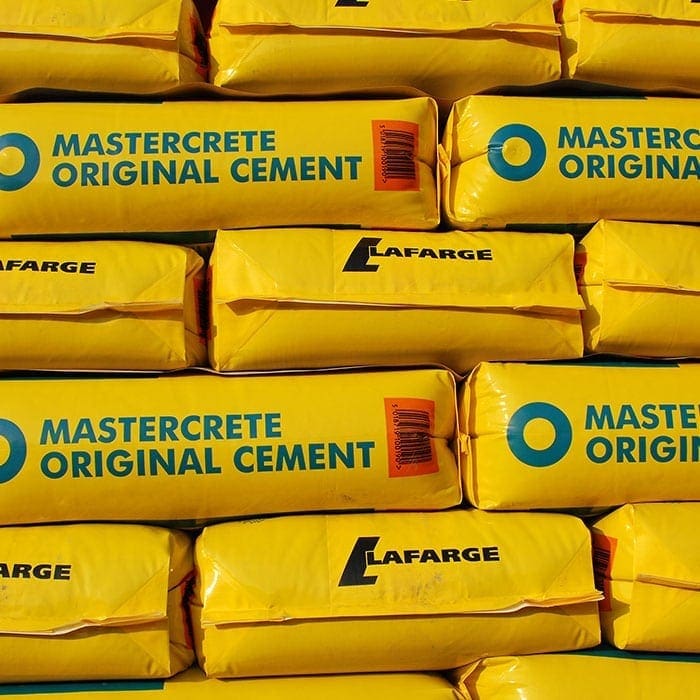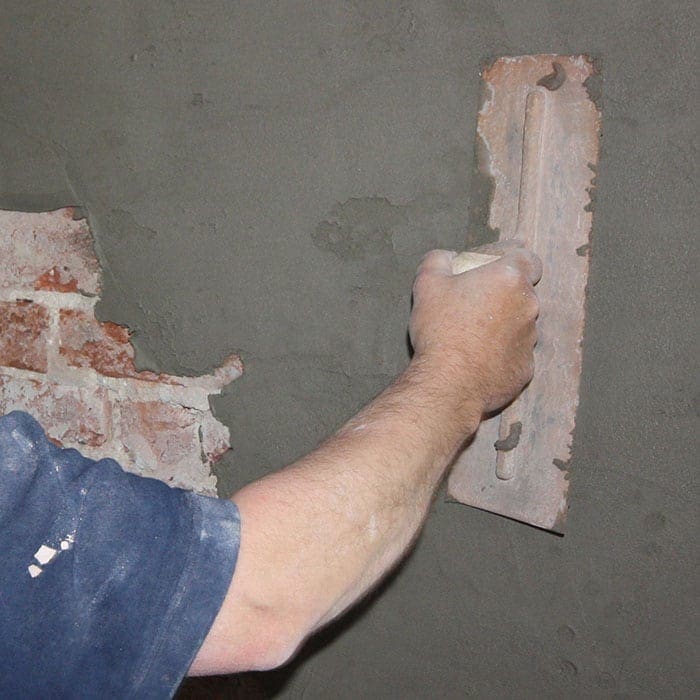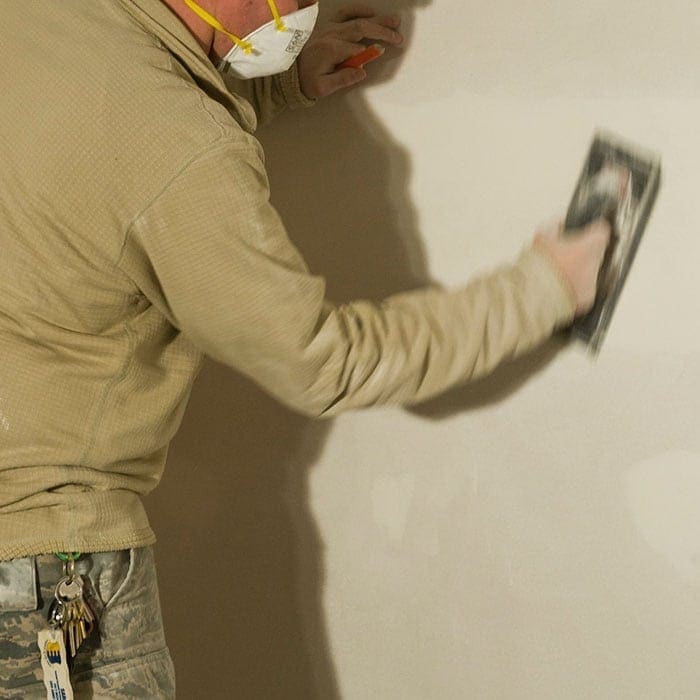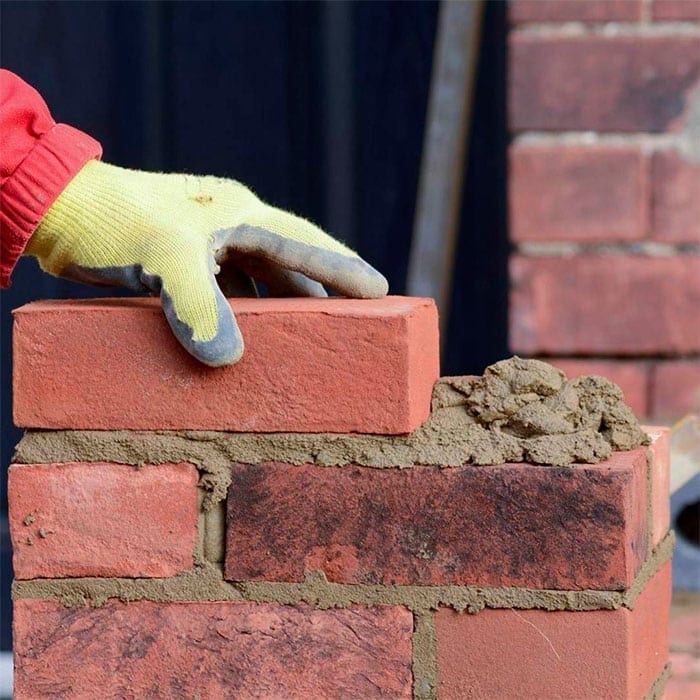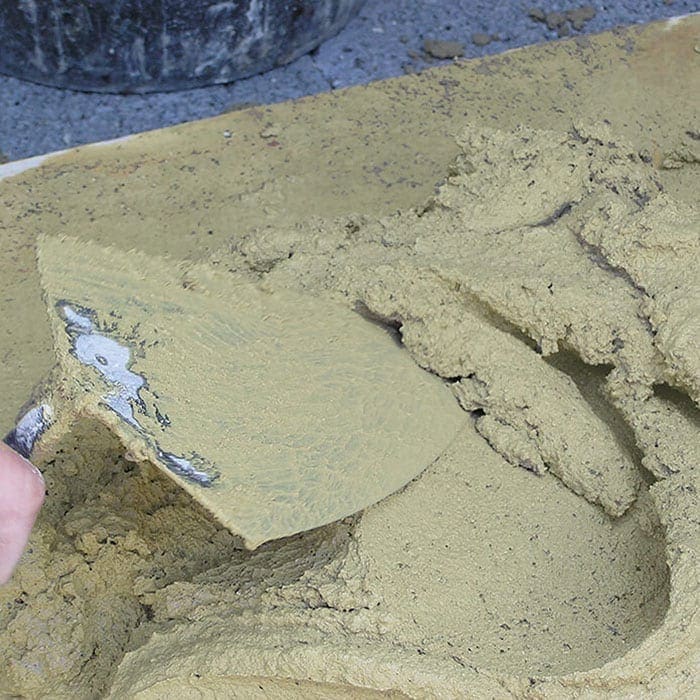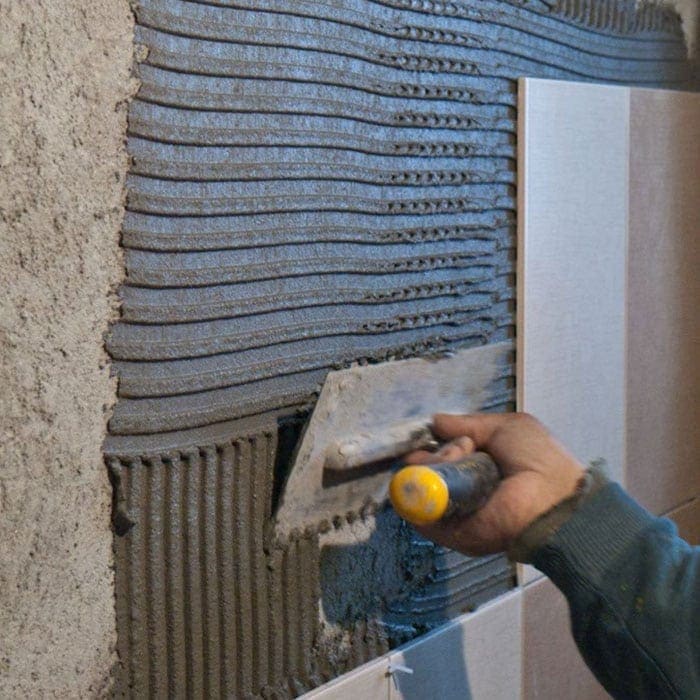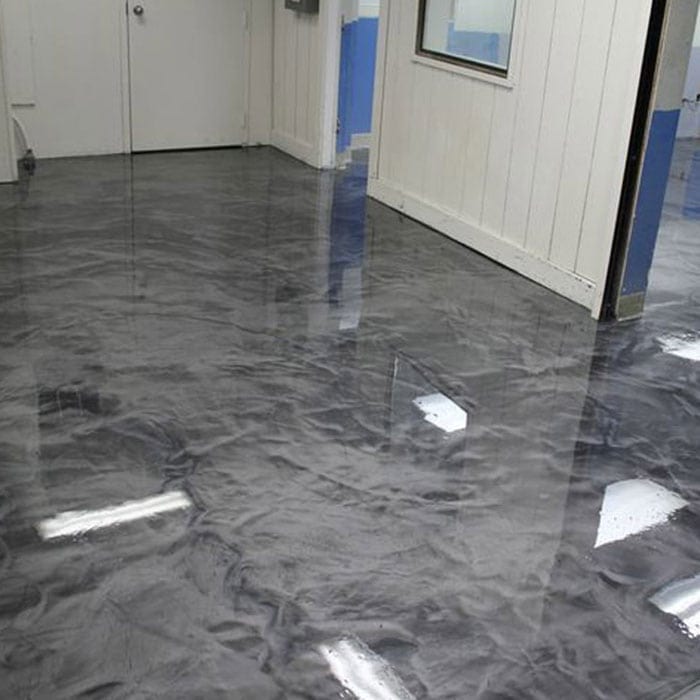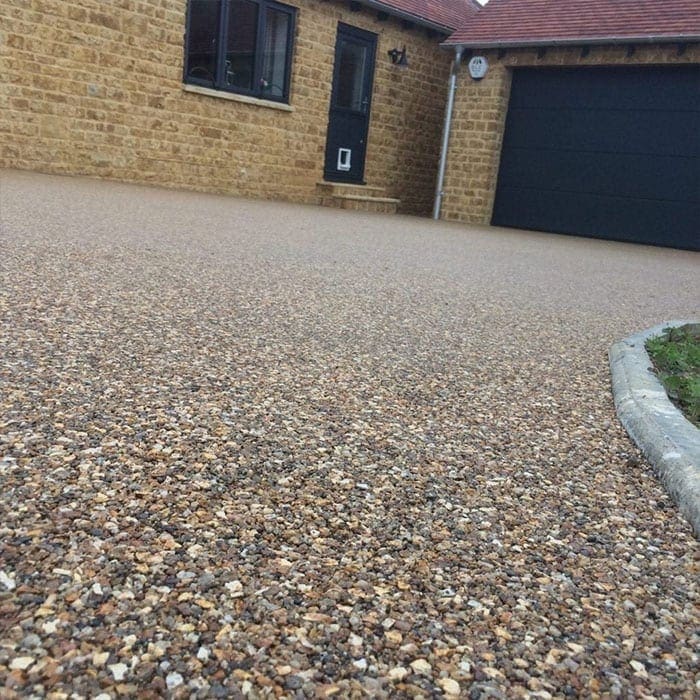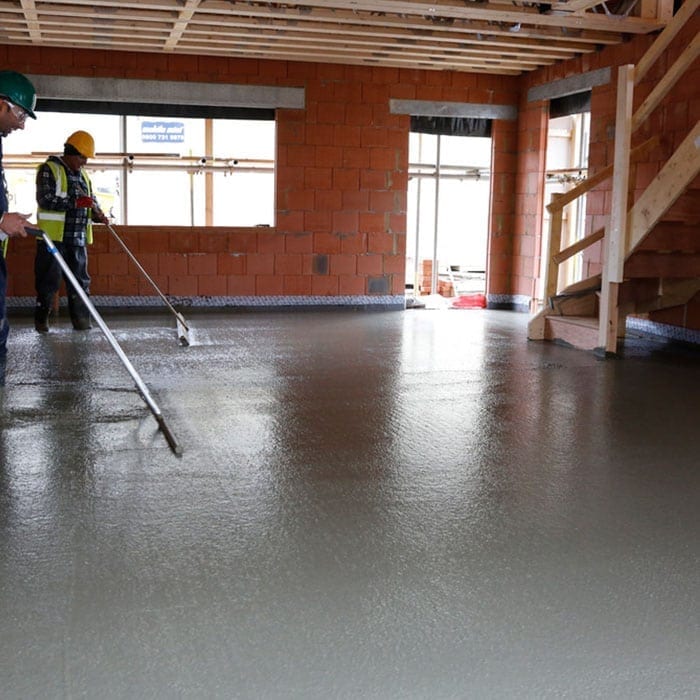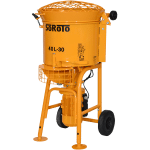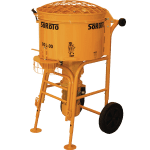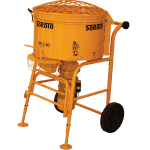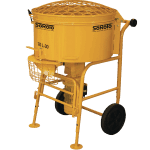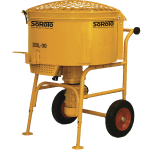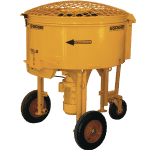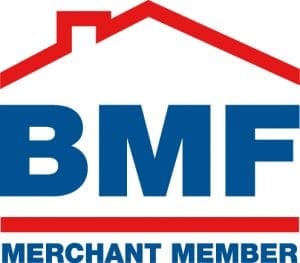A wide range of materials with varying uses
With such a large amount of materials regularly available and in demand on the market today, it can be hard finding a machine that can mix all of the available options with no trouble at all. Down the page you can see and learn more about a number of popular materials that you may or may not have used or heard of before.
There is one piece of common ground between all of the materials however, all can be mixed in a SoRoTo forced action mixer.







